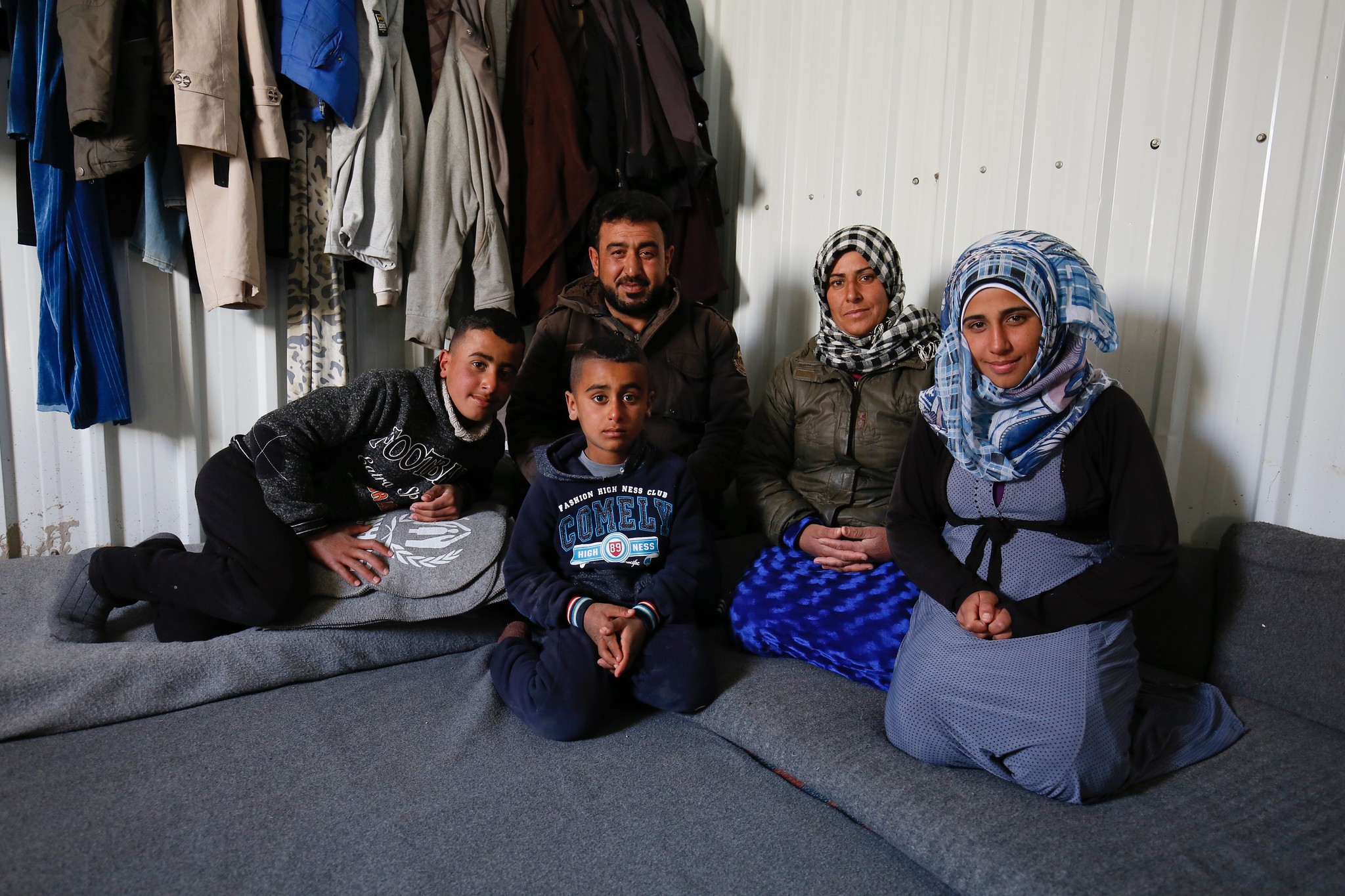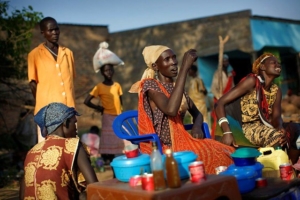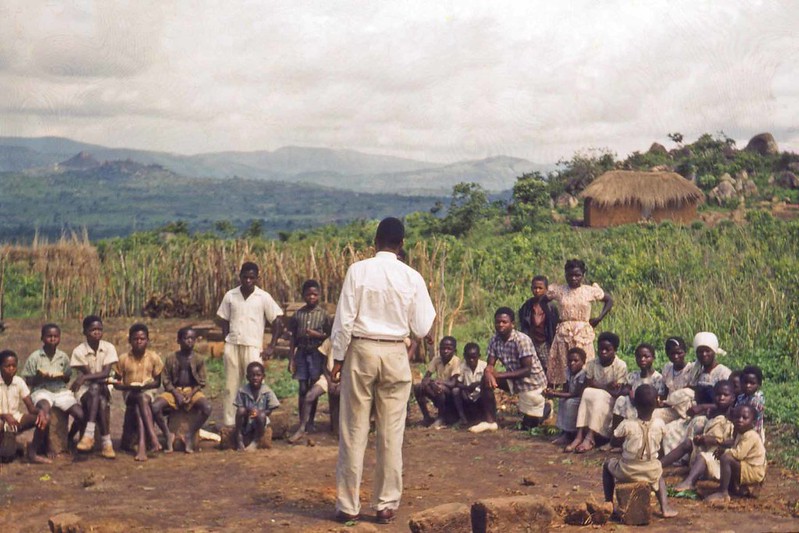 Education enhances the knowledge, health and lifestyles of people from all walks of life. However, for the people of Angola, education has become inaccessible to many, prompting concern for their future development. Angola borders the South Atlantic Coast of West Africa and has a population of more than 35 million.
Education enhances the knowledge, health and lifestyles of people from all walks of life. However, for the people of Angola, education has become inaccessible to many, prompting concern for their future development. Angola borders the South Atlantic Coast of West Africa and has a population of more than 35 million.
The Angolan peninsula’s resources include oil and diamonds, but although these resources suggest wealth for the nation, the great majority of the country lives in poverty. The Angolan system lacks in meeting the needs of all of the nation’s citizens, with education being a prime example. Development within the system has quickly ensued, with the prospect of a refined education plan getting closer and closer each day.
The Civil War
With more than one-fourth of the population being considered illiterate and approximately two million children being out of school, the question arises as to why a country with such abundant resources has been lagging in its educational advancement. After the Portuguese granted Angola its independence, from 1975 to 2002, civil war invaded the lives of the Angolan people. Buildings and infrastructures nationwide were dilapidated from the war and one common structure that was destroyed was schools.
According to the United Nations Children’s Fund (UNICEF), more than 1500 schools were destroyed between 1992 and 1996 alone. Now that the war has officially ended, a lot of these schools have since been abandoned or burned out. With the schools that survived the war, the quality of these structures still lacked essentials. Many classrooms lack windows, doors, toilets, roofs, or even basic reading and writing facilities.
Not Enough Classrooms
According to statistics taken by Angop, the state-controlled news agency, the annual average rate of enrolling children without a place to study stands at a whopping 18.59%. Although children are willing to attend school, spatial barriers prevent many from receiving an education. The Luanda province, located on the Northern coast of Angola, reported that it was unable to find room for roughly 16,000 children who finished the 9th grade to continue their education.
Children who want to either enter or continue their schooling in various Angolan provinces are continually being denied due to a lack of infrastructure, although recent legislation regarding education seems to be improving the future of Angolan schooling.
Improvements and Progresses
Strides have been made to alleviate the issues within the education system, as legislation and funding for schooling have risen in recent years. As of December 8, 2023, the World Bank granted a 10-year program to support Angola’s tertiary education system, providing $550 million to enhance and aid the quality of programs in priority areas and strengthen governance within the education system. The program’s goal is to increase the number of highly qualified graduates who have labor market-aligned skills in various areas. In the next ten years, the expansion and progress of Angolan schooling will reach up to 3.2 million students nationwide, providing them with better learning opportunities and educational access.
Another initiative that has aided in the Angolan education system is the Back to School Campaign, supported by UNICEF, with its origin stemming from 2002. The campaign has supported the training of more than 20,000 teachers. It has also restored roughly 13,000 classrooms while still preparing thousands of education kits for children and teachers. The goal of the campaign is to increase the number of children in schools, as well as to improve the literacy rate throughout the country.
In recent years, progress in literacy has been made. The Angolan literacy rate has increased from 67.4% in 2001 to 72.4% in 2022 and has an average annual growth rate of 3.8%. This growth is concurrent with the implementation of funding and legislation in support of Angolan education. With an estimated increase in literacy each year, the future of schooling in Angola can take many turns for the better.
The Future of Education in Angola
Improvement of the Angolan education system will be a long-term process, especially after the devastation its infrastructure and economy have faced after the war. From the lack of classrooms to the low rates of literacy and graduation, the Angolan youth continue to seek a successful education.
Now, with the increase in funding for school governance, quality of programs, school building and teacher training, the future of Angolan education seems promising. Suppose the government continues to prioritize the restoration and development of the education system. In that case, Angola can transition into one of the educational powerhouses of Africa.
– Oliver Martin
Oliver is based in Honolulu, HI, USA and focuses on Global Health for The Borgen Project.
Photo: Flickr
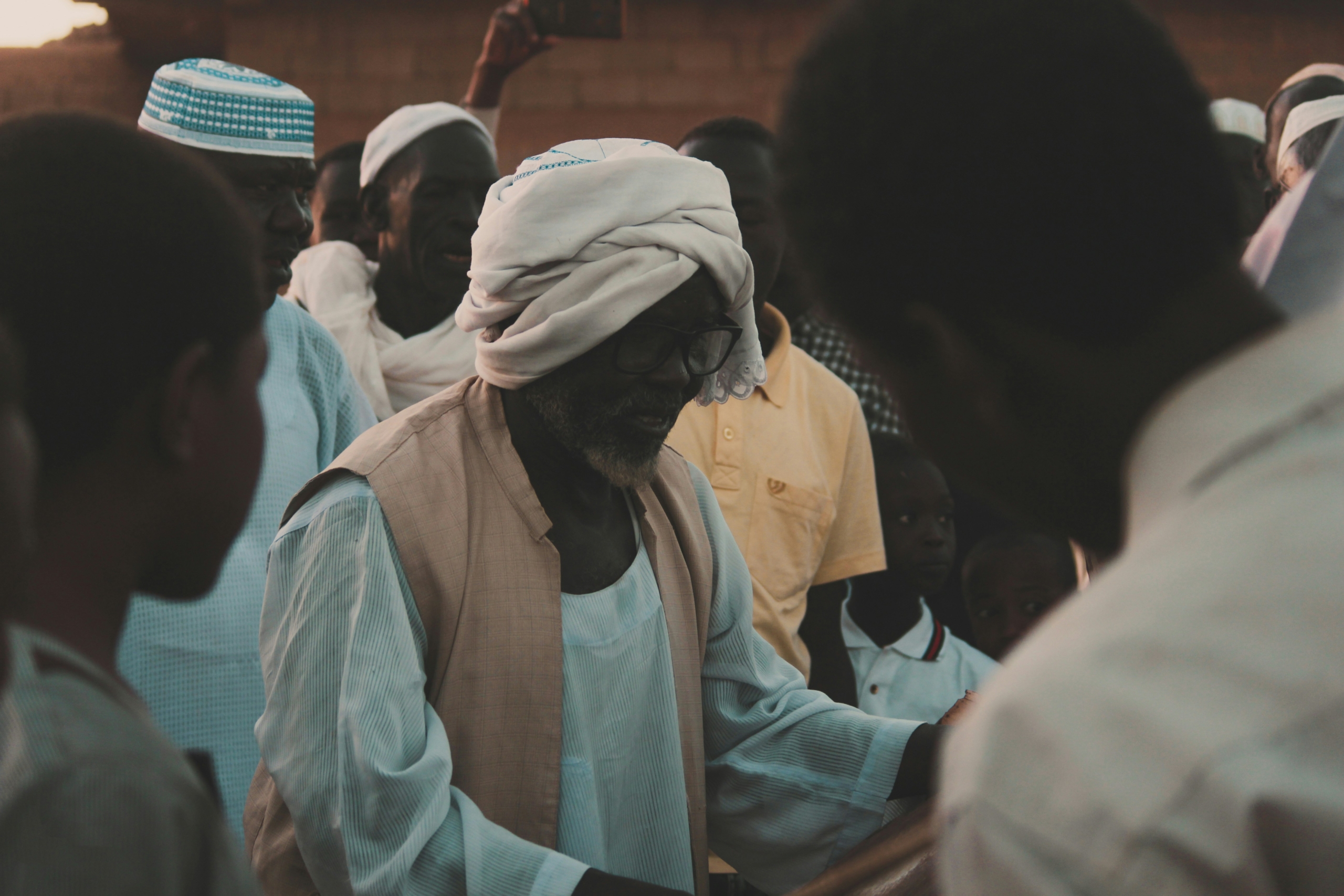
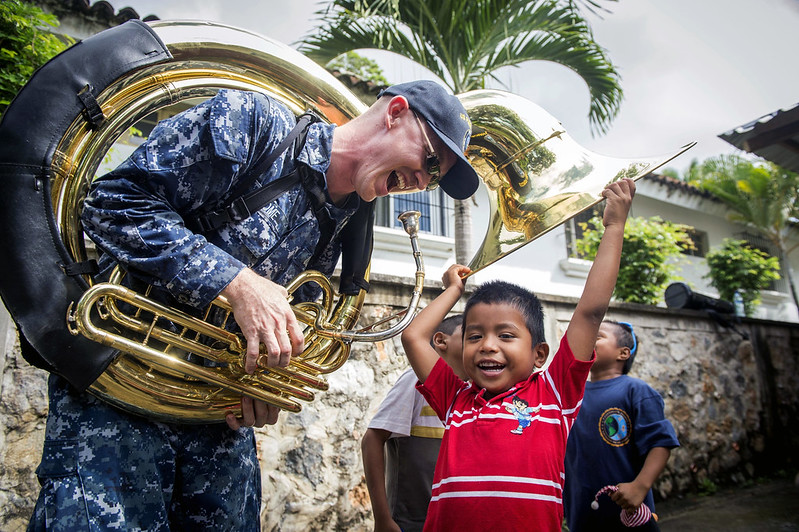 Military groups worldwide recruit children and although the
Military groups worldwide recruit children and although the 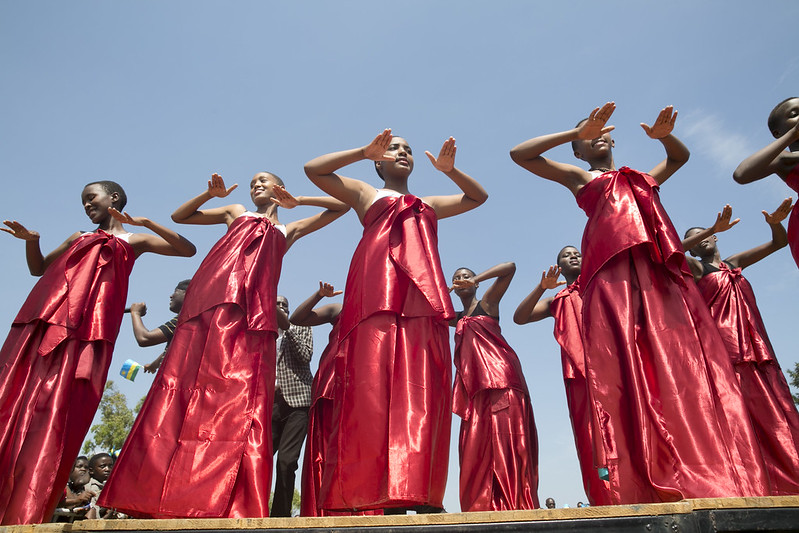 The
The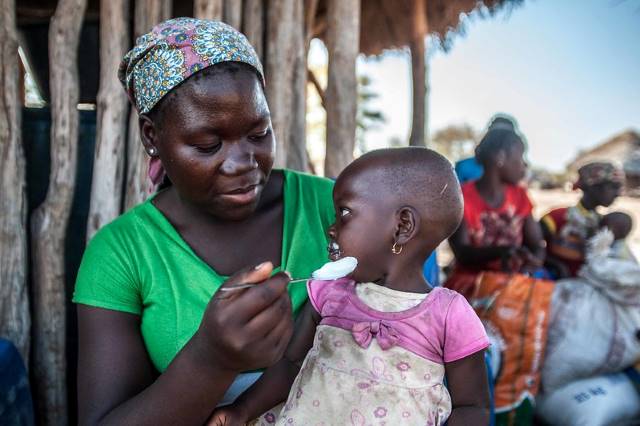 The state of healthcare in Mozambique has drastically changed in the last few decades. While Mozambique was once a country with little access to healthcare services, the country has decreased mortality rates since the launch of its
The state of healthcare in Mozambique has drastically changed in the last few decades. While Mozambique was once a country with little access to healthcare services, the country has decreased mortality rates since the launch of its 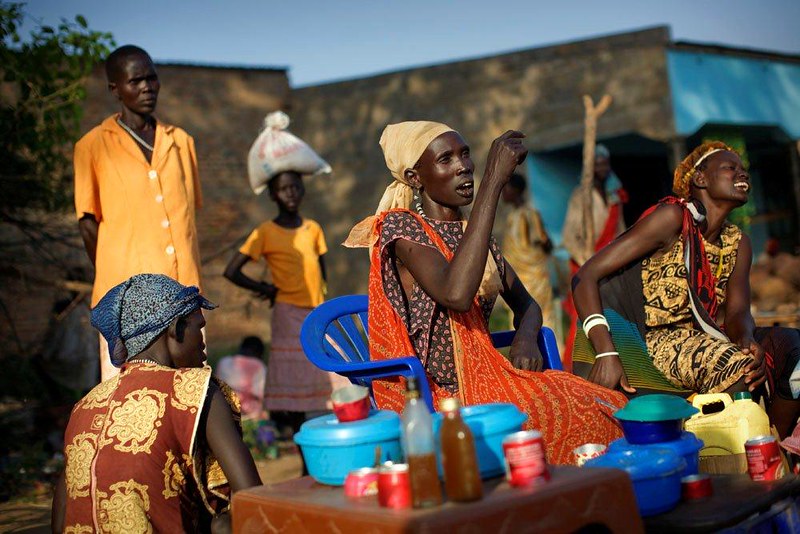
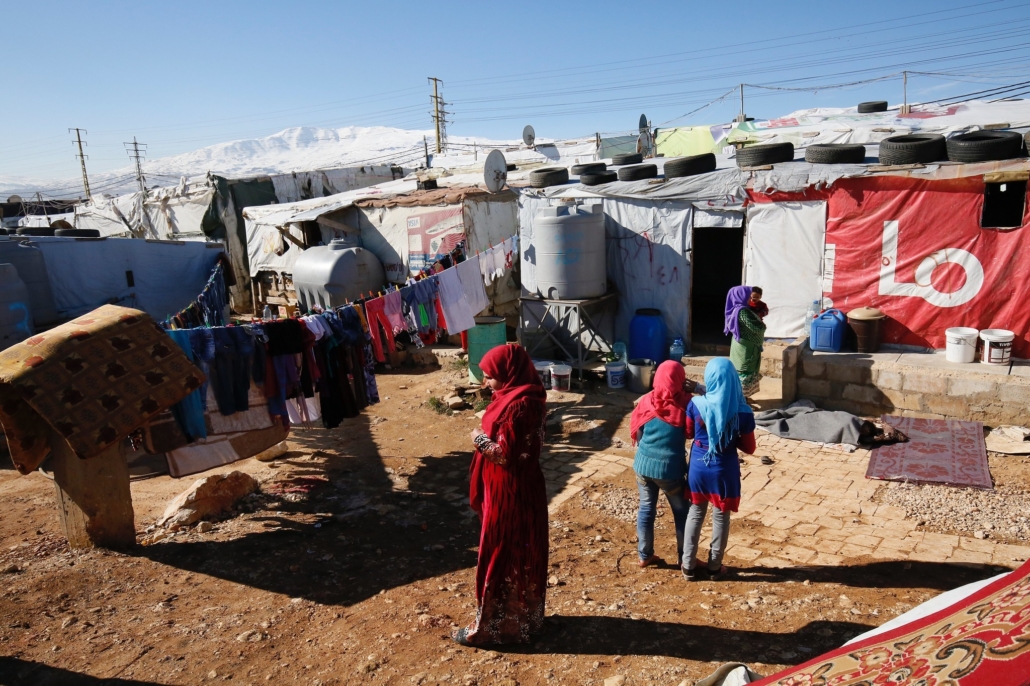
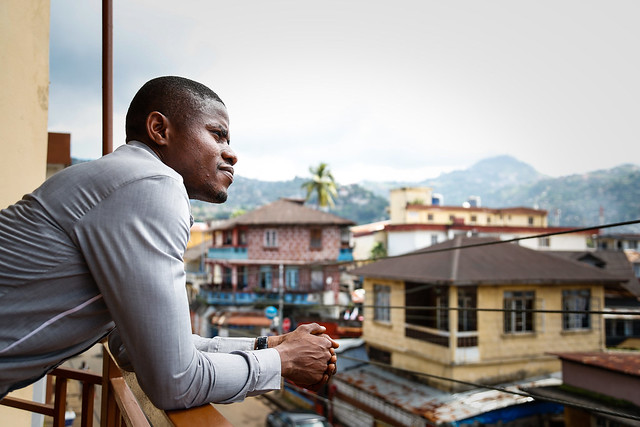 Sierra Leone is a West African country bordered by the North Atlantic Ocean. It is an impoverished country with almost half of the working-age population involved in subsistence agriculture. Between 1991 and 2002, Sierra Leone was
Sierra Leone is a West African country bordered by the North Atlantic Ocean. It is an impoverished country with almost half of the working-age population involved in subsistence agriculture. Between 1991 and 2002, Sierra Leone was 